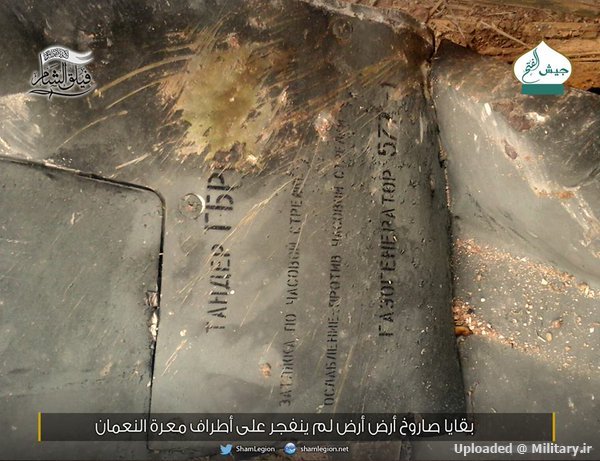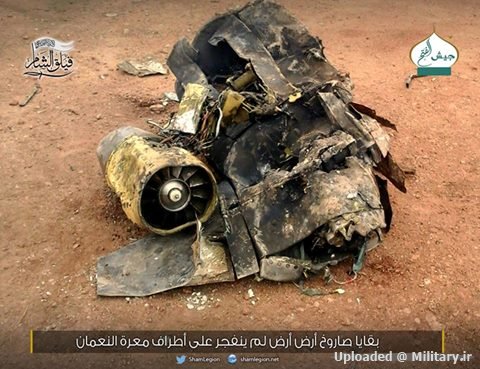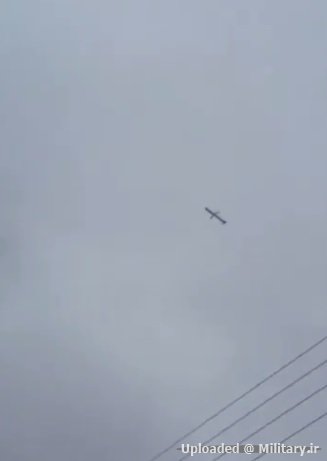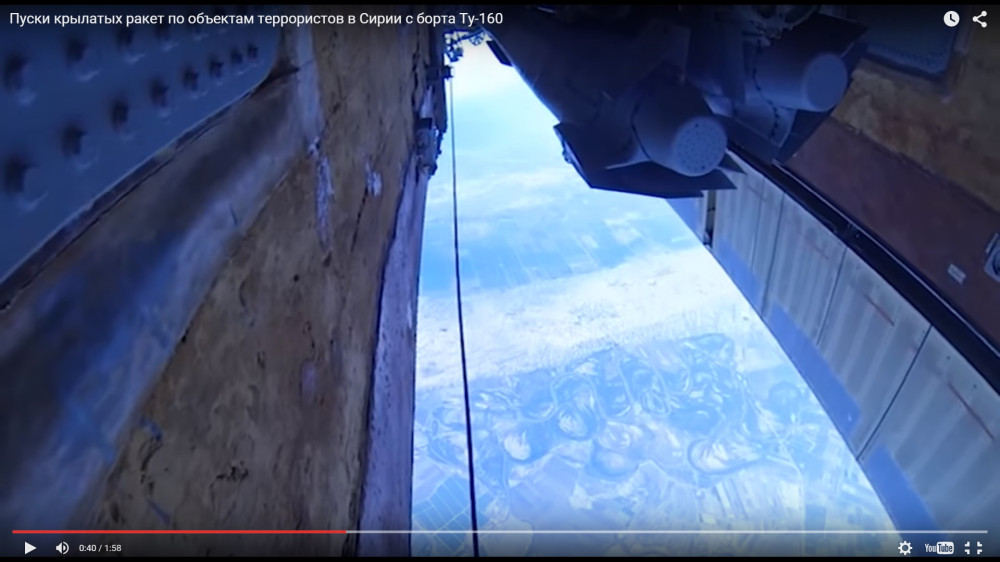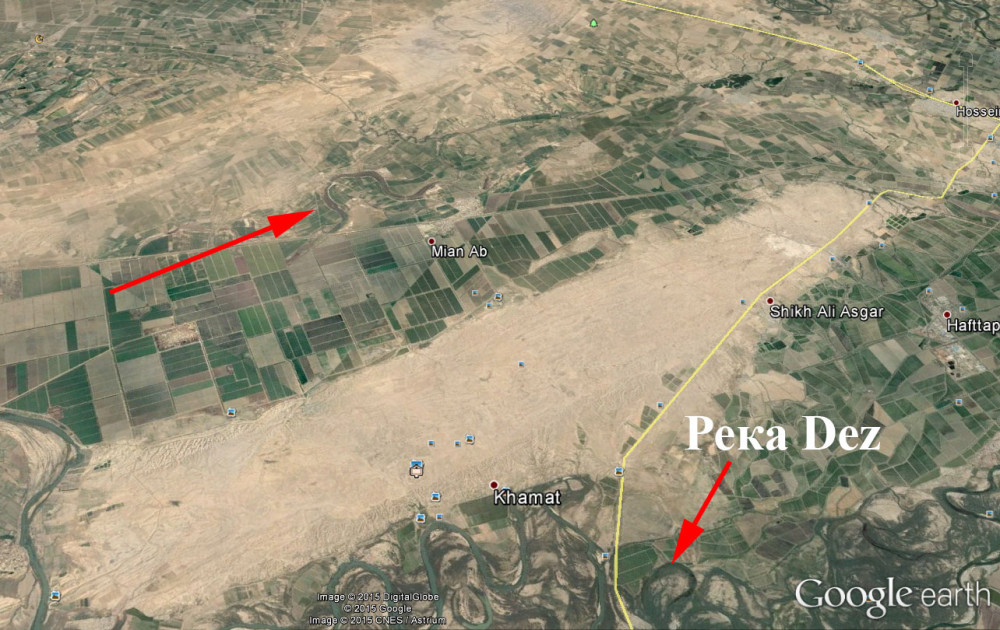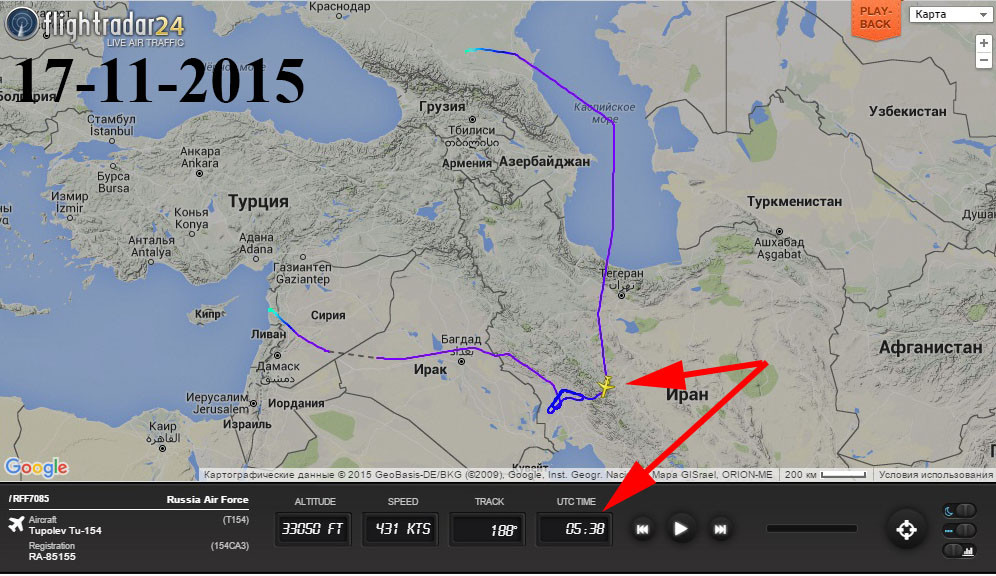Iranian Leader's Military and Strategic Thinking
Saturday 17 October 2015
When it comes to shaping Iran's military strategy, there exists a dominant intellectual school of thought within the mindset of Ayatollah Seyyed Ali Khamenei and high-ranking military officials of Iran, which cannot be taken lightly. The existing strategy firmly believes that the United States cannot put up with an independent Iran and its final goal is
regime change in the country. Based on this mentality, Iran's powerful influence in neighboring countries would allow it to protect itself in the face of foreign aggression and military attacks.
Of course, this mindset has not been created in a void. Just a few months ago and in an
interview with the New York Times, US President Barack Obama made a reference to the root cause of this issue, which proves that the mental images and concerns of Iran's leadership are not illegitimate. In fact, following the experience of the war between Iran and Iraq, the Islamic Republic’s military strategy has been based by the country’s leader on establishing powerful relations in the region (including with the resistance axis) to make sure that a similar calamity (like war with Iraq) would not happen again. Apart from the existential threat that the United States and Israel pose to Iran, there are also crossing security conflicts in Iran's regional environment most of which are designed and supported by some of Iran's neighboring countries in order to weaken the Islamic Republic’s standing. Therefore, security concern is the most essential issue facing Iran and the first and foremost motivation for the country’s leadership is survival in the sense of safeguarding national sovereignty (that is, political independence and territorial integrity) of the country. This issue has been stressed by Iran since the Islamic Revolution in 1979.
Ayatollah Khamenei, in a
recentmeeting with officials and commanders of the Islamic Republic of Iran Army in the northern port city of Noshahr, said in this regard that “by speeding up their advances and boosting their preparedness, the Armed Forces must create such a power that the enemies [of Iran] would not even dare think about invading [the country].” Therefore, the question posed here is “does this approach recommend adoption of an aggressive policy or is just based on a defense strategy?” It must be noted that, in fact, the Iranian leader’s most important goal is to prevent other regional countries from increasing their power in such a way as to disturb the balance of power to detriment of Iran. In fact, the foremost concern of Iran's leader is not to maximize the country’s power, but to maintain his country’s standing within the international system. This means that Ayatollah Khamenei’s strategy for countering the efforts and measures taken by rival countries in the region and the world, is to boost Iran's power to create balance.
Apart from the United States, which has always been threatening Iran by saying that “
all options are on the table,” the Israeli regime, which is close to Iran in geographical terms, has never given up its overt threats against the country and has even worked out numerous scenarios for launching a military attack against Iran. The new round of such threats began in 2011, when many heated debates were going on about the reaction that the United States and Israel would show to Iran's peaceful nuclear activities. It was due to these threats and aggressive intentions that Iran's military doctrine, through a public address by Ayatollah Khamenei, entered a new phase on the basis of the balance of threats. The leader, in an important speech
made at Imam Ali Military Academy in October 2011, announced that “in the face of threat we will resort to threat.” It was here that the concept of “balance of threat” was added to Iran's military strategy.
Hefty military spending by Iran's neighboring countries with support from the West, has increasingly faced Iran with a “security dilemma.” Therefore, since Iran's defense capabilities have relatively reduced in comparison with neighboring countries as a result of multiple kinds of sanctions imposed on the country, the Islamic Republic has a clear reason to embark on developing its
missile industries in order to defend its security. In fact, the proven ability of Israel and the United States to attack their potential rivals, along with their immunity to punishment, has encouraged Iran to acquire conventional military potentials and armament so that its enemies would not be able to attack it. These realities also force Iran to try and maintain its position in the regional balance of powers by acquiring the necessary amount of power instead of pursuing hegemonic goals.
Therefore, within the framework of defensive realism, the dominant behavioral model and military doctrine of the Islamic Republic, based on Ayatollah Khamenei's views, is geared toward creating balance. In this way, Iran assesses threats posed to it by other countries on the basis of its own relative power, geographical proximity and propinquity, as well as the defense-offense balance before taking step toward creating internalized and externalized balance. According to externalized balance, the leader of Iran believes that the Islamic Republic of Iran should relay on its national potentialities to boost its power and counteract threats in a unilateral manner. Iran's foreign policy and defensive behavior during the imposed war as well as in the course of the nuclear diplomacy can be analyzed within this framework. According to the model of creating externalized balance, the Islamic Republic of Iran adopts a multilateral approach in order to build new coalitions and alliances as a prelude to creating balance. Iran's policy of looking to the east, which was based on establishing closer relations with the
People’s Republic of China and membership at the Shanghai Cooperation Organization, can be considered as an example of externalized creation of balance as purported by the Iranian leader to counter and thwart threats posed by the United States and Israel.
This issue proves that Iran's military strategy under the command and in line with the approach of Ayatollah Khamenei is of a defensive nature whose main goal is to maintain the status quo. Even American officials have at times
admitted to this issue. Therefore, following suit with this military strategy, Iran has turned into an independent actor with independent defensive approaches, which are based on active deterrence. According to this approach, as adopted by Ayatollah Khamenei, Iran has a historical background and important identity in regional issues and this is why the country never shifts its strategy in the face of regional issues and continues to pursue a single principle. Therefore, despite all shortcomings and considerations with which we are faced in this regard, “defensive realism” is the closest theory of international relations to Ayatollah Khamenei's way of thinking.
The only exception and difference between these two is that Kenneth Waltz
believed that due to being located in the midst of such nuclear powers as Israel, India, Pakistan and Russia, Iran must have nuclear weapons in order to defend itself and create balance. However, the Iranian leader has
issued his religious fatwa, clearly prohibiting possession and use of all kinds of weapons of mass destruction and does not believe in such form of balance.
Khorasan - Ayatollah Khamenei’s Military and Strategic Thinking









